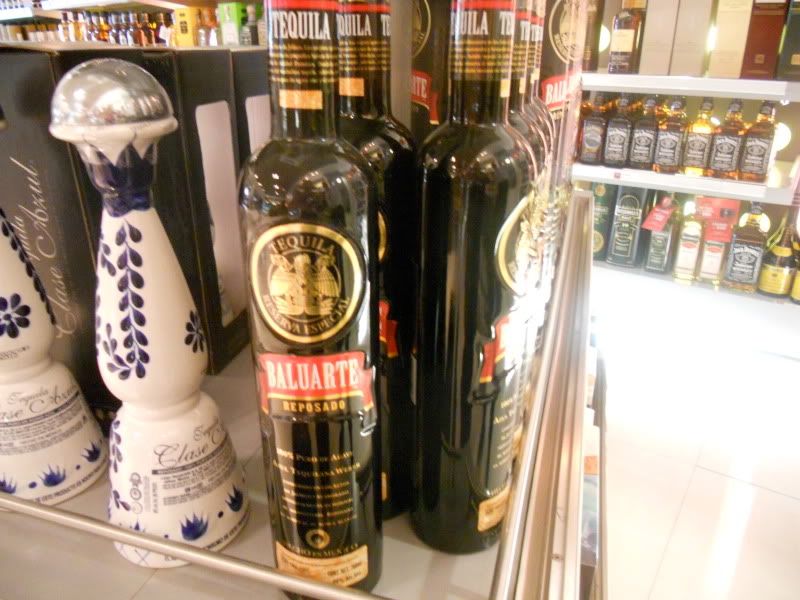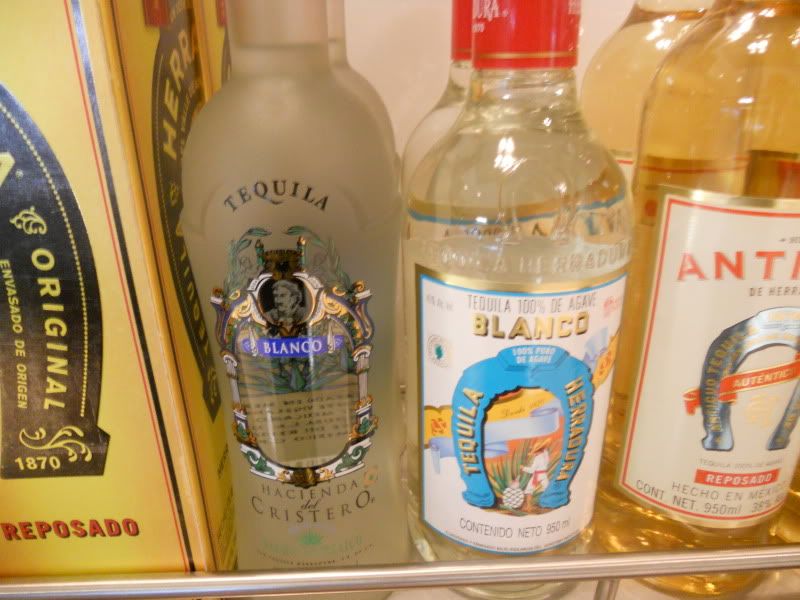Since Guadalajara is located a mere 40 miles from the town of Tequila, I feel that any discussion of agriculture in the state of Jalisco must include tequila. In fact, by Mexican law, only Jalisco and a certain areas of few other states (Guanajuato, Michoacán, Nayarit, and Tamaulipas) are even allowed to grow agave for tequila.
Long before Europeans "discovered" America, the Aztecs made an alcoholic beverage from the blue agave plant. When the Spanish Conquistadors arrived and ran out of their own booze, they distilled blue agave as well. However, tequila didn't hit the big time until centuries later when a few men you might have heard of - Jose Cuervo and Don Cenobio Sauza - came along. Cuervo was the first to make tequila in 1795, and Sauza (municipal president of Tequila) first exported it to the U.S.
To make tequila, first the leaves of the blue agave plant are cut away, leaving a center that looks an awful lot like an oversized pineapple. It's this part of the plant that is incredibly sweet. The juice is extracted from it and fermented. Once fermented, it is distilled twice to become tequila. Then, it is aged. There are various categories of aging, but the one I was advised to buy is "añejo," which means the tequila spent between one and three years aging in oak barrels. And skip on the gold colored tequilas, unless you like food coloring (or caramel color).
In the late 1990's, disease and weather led to a shortage of blue agave. According to one source, the price growers received for blue agave increased more than tenfold between 1999 and 2000. This led to a frenzy of planting, followed by a drop in the price as the agave matured and oversaturated the market. Some farmers chose to abandon their agave instead of harvesting it because the low price made it not worth the effort. Some predict another agave shortage, since ethanol has made corn suddenly more profitable for Mexican farmers, leading them to plant more corn and less agave.
While I was in Jalisco, I saw an awful lot of blue agave growing, destined for tequila. My friends who visited tequila were told that today there are very few Mexican-owned distilleries. Many are owned by multinational corporations. No surprise there. However, there are absolutely zillions of brands of tequila. For example, a tequileria in San Diego, CA has 600 different tequilas on the menu.
So how about that organic tequila? When I first heard about it, it took me by surprise. Given the rather unregulated state of pesticides in Mexico, I suppose buying organic tequila is a really, really good idea. In the end, particularly when I realized it cost about $30-$40 a bottle, I decided against it. And, as it turns out, maybe they aren't so organic. Baluarte advertises itself as "natural" (a word that means NOTHING) and says that no chemicals are used in processing the tequila. That's nice but it doesn't make it organic. The Herradura website says nothing about the Hacienda del Cristero or Herradura Blanco 46 tequilas being organic. There is one organic tequila out there - 4 Copas. Moral of the story: Ask for 4 Copas and don't rely on the clerks in the tequila store at the Guadajalara airport to help you find organic tequila.

Baluarte tequila, which markets itself as "natural"

Herradura tequilas - not organic
No comments:
Post a Comment